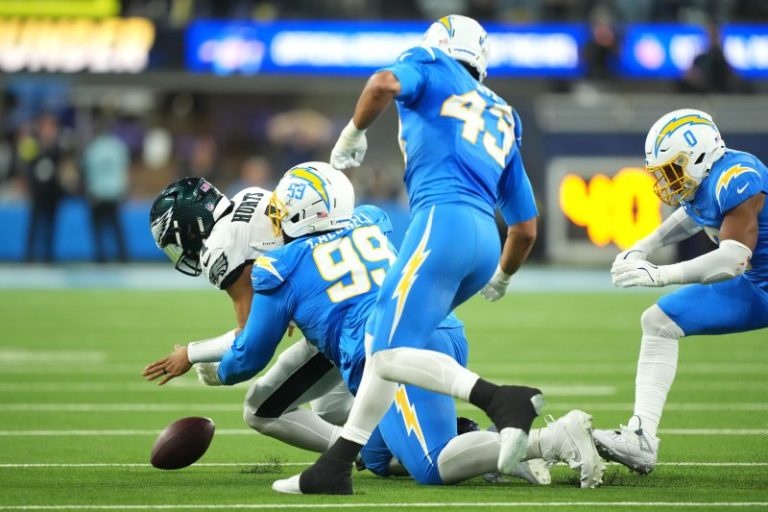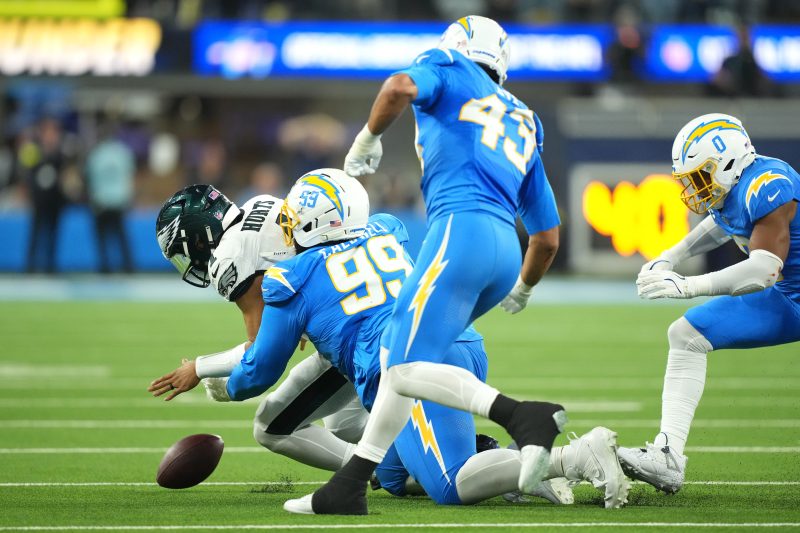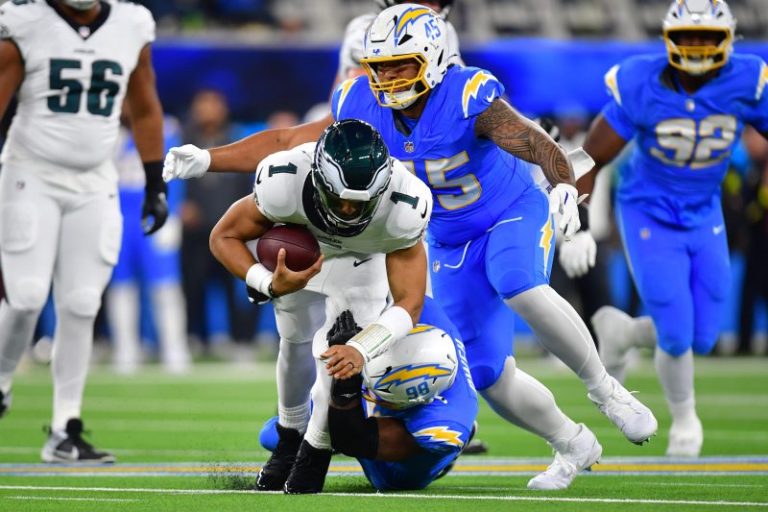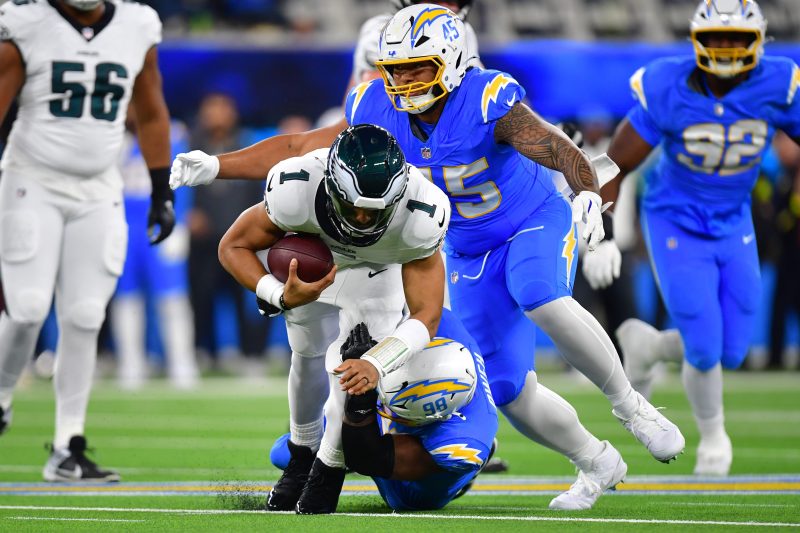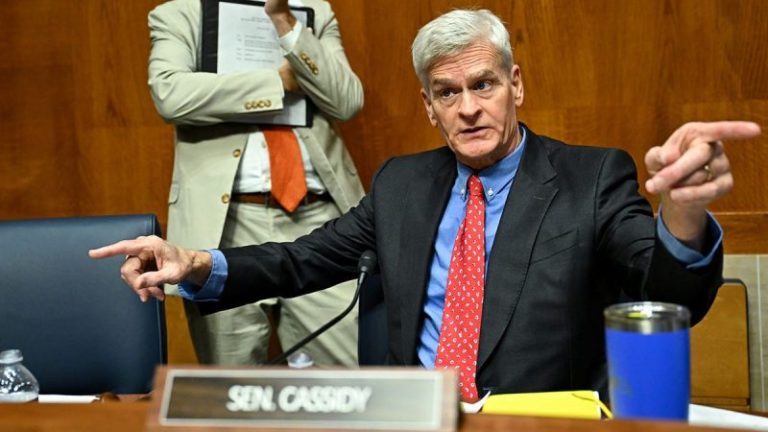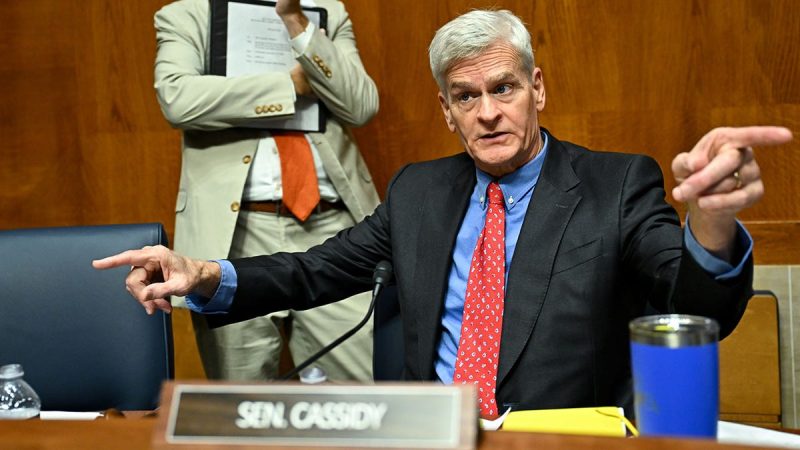
The NBA Cup has reached the knockout rounds. This marks the third season of the NBA Cup, formerly known as the In-Season Tournament.
The East quarterfinals take place Tuesday, Dec. 9, when the Miami Heat take on the Orlando Magic (6 p.m. ET tip on Amazon Prime Video) and the New York Knicks travel north to face the Toronto Raptors (8:30 p.m. ET tip on Amazon Prime Video).
These have been four of the top teams in the conference thus far in 2025-26 regular season, as each sits in the top six in the East, through Sunday’s games.
Here’s everything you need to know about the NBA Cup East quarterfinals:
Miami Heat at Orlando Magic
The interesting thing about this matchup is that both squads are tied at 14-10, both play in the same division and both battled less than a week ago. Despite that, these teams will look significantly different from the last time they met up.
For one, the Magic announced Monday, Dec. 8 that forward Franz Wagner will be out indefinitely with a high-ankle sprain. Wagner dropped 32 points in Orlando’s 106-105 victory Friday, Dec. 5 over Miami – a game Heat star guard Tyler Herro missed because of a toe injury.
Herro underwent an MRI that revealed a right, big toe contusion, but Miami is listing him as probable for Tuesday’s NBA Cup quarterfinal game. That gives the Heat something of an advantage, as Miami has not had Herro for either of its two games against the Magic this season, both losses.
The Heat continue to lead the NBA in pace (105.42 possessions per 48 minutes), but teams have been throwing more zone and full-court pressure to try to slow the Heat down; it has worked.
Miami is averaging just 115.9 points per game over its last seven games, compared to its November average of 122.9. Expect Orlando to do much of the same, as Heat coach Erik Spoelstra and his staff need to develop a counter, if Miami is to remain competitive this season.
This matchup will come down to the offense that cracks through the opposing defense with more efficiency. Orlando and Miami are tied for fifth in the NBA in defensive rating (111.8).
Without Wagner’s offense, the Magic will need Desmond Bane and Jalen Suggs to step up. Even if they do, however, the trio of Herro, Bam Adebayo and Norman Powell might be too much to overcome.
∎ Prediction: Heat win, 107-101
Stream the NBA Cup quarterfinals on Amazon Prime Video
New York Knicks at Toronto Raptors
The Knicks appear to be finding their rhythm, especially now that versatile forward OG Anunoby has returned from a left hamstring strain that sidelined him for nine games. New York has won seven of its last eight, including a 116-94 victory Sunday, Nov. 30 over the Raptors.
The Knicks are doing it on offense, and they’ve started to get more contributions from players other than Jalen Brunson.
Anunoby was key with his 21 points and seven rebounds in New York’s most recent win, 106-100 over the Magic on Sunday, Dec. 7. In a loss last week against the Celtics, Mikal Bridges dropped 35 points on 8-of-12 shooting from beyond the arc.
Knicks forward-center Karl-Anthony Towns may be limited, if he plays at all. New York is listing Towns as questionable with left calf tightness, an issue that forced him to miss the team’s last game.
Whereas the Knicks are leading with their offense – they rank third in the NBA with a rating of 121.7 – the Raptors have been one of the big surprises of the season, and it has been their eighth-ranked defense (112.8) that has shined.
Forwards Brandon Ingram and Scottie Barnes have excelled for Toronto as guard RJ Barrett continues to be out with a right knee sprain. The Raptors said Monday that Barrett was given a platelet-rich plasma injection and that he’s at least a week away from returning to practice.
But Toronto is more than just Ingram and Barnes; the Raptors have embraced efficiency and are spreading the ball. Seven players are averaging double figures in scoring, Toronto is shooting 48.6% from the field (sixth in the NBA) and is tied for third in assists per game (29.5).
The Raptors, though, have regressed to the mean without Barrett. Toronto has lost five of its last six, making an upset against the Knicks seem unlikely.
∎ Prediction: Knicks win, 122-119
NBA cup odds, spread moneyline, over/under for tomorrow’s games
The latest NBA Cup betting info can be found below. Odds provided by FanDuel.
Miami Heat at Orlando Magic
- Spread: Heat -1
- Moneyline: Heat -116; Magic -102
- Total: 232.5
New York Knicks at Toronto Raptors
- Spread: Knicks -4
- Moneyline: Knicks -178; Raptors +150
- Total: 227.5




 Daniel Jones (injured)
Daniel Jones (injured)